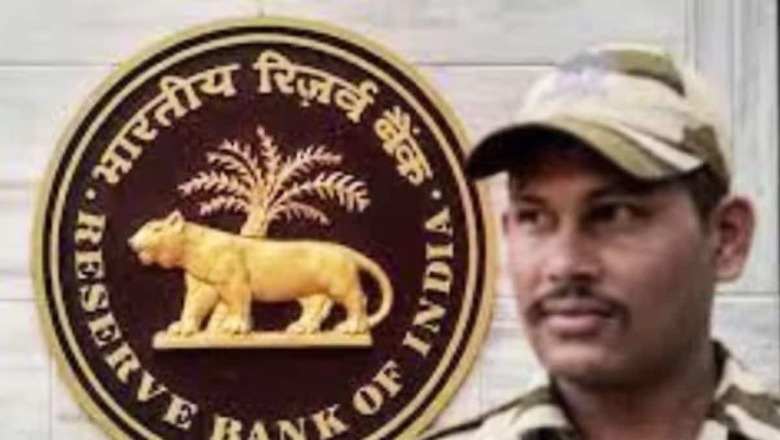
views
The Reserve Bank of India (RBI) on June 7 revised the definition of a bank ‘bulk deposit’ to Rs 3 crore or more in a single deposit. Currently, a bank FD of Rs 2 crore and above is considered a bulk FD. The announcement was made by RBI Governor Shaktikanta Das on Friday.
Now, after the latest decision, the new threshold for ‘bulk deposit’ or bulk FD is Rs 3 crore, meaning deposits below this amount will not be considered bulk deposits. Instead, they will be categorised as ‘retail FD’.
Vivek Iyer, partner at Grant Thornton Bharat, said, “The definition of bulk deposit has been revised from Rs 2 crore to Rs 3 crore, to facilitate HNI senior citizens from placing high-value deposits without being categorised as a bulk deposit. A lot of operational challenges existed with this segment on account of the earlier definition, which stands revised now helping HNI senior citizens, which was much needed. This will also enable Banks to focus on HNIs with a higher amount of liquidity available through Fixed Deposits, which will enable them to service them effectively.”
“On a review of the bulk deposit limit, it is proposed to revise the definition of bulk deposits as ‘single rupee term deposit of Rs 3 crore and above’ for SCBs (excluding RRBs) and SFBs. Further, it is also proposed to define the bulk deposit limit for local area banks as ‘single rupee term deposits of Rs 1 crore and above’, as applicable in case of RRBs,” Shaktikanta Das stated on Friday.
SCBs stand for scheduled commercial banks like SBI, HDFC Bank, ICICI Bank, PNB, etc. RRBs are regional rural banks, while SFBs are small finance banks.
‘Bulk Deposit’ Raised To Rs 3 Crore: What Does It Mean?
Banks often offer higher interest rates on bulk deposits compared to regular deposits. With the threshold increased, banks might adjust their interest rates and terms for deposits around the new limit. This will affect FD deposit holders also.
After the RBI’s latest ‘bulk deposit’ decision, those depositing between Rs 2 crore and Rs 3 crore in banks in a single go will now get lower interest rates as compared to those depositing above Rs 3 crore. Earlier, the threshold was Rs 2 crore.
Those who wish to make deposits close to the threshold need to be aware of the new definition to understand the potential interest benefits and terms.
Also, bulk deposits are significant for banks’ liquidity management. This change may influence how banks handle large deposits and manage their liquidity profiles.
By raising the threshold, the RBI may be aiming to encourage larger investments in the banking system. It could also affect the competitive dynamics between banks in attracting large depositors.
Banks might need to revise their deposit schemes and interest rates.
They will also adjust their strategies for attracting bulk deposits.
In essence, the revision aims to recalibrate the categorization of large deposits, which can have broader implications for both banks’ financial management and the offerings available to large depositors.




















Comments
0 comment